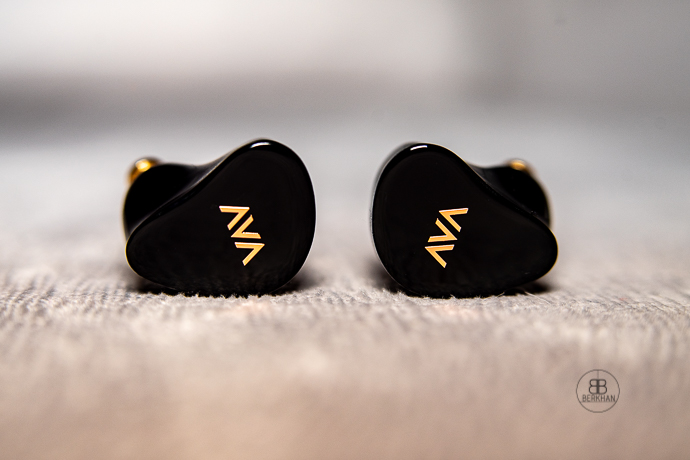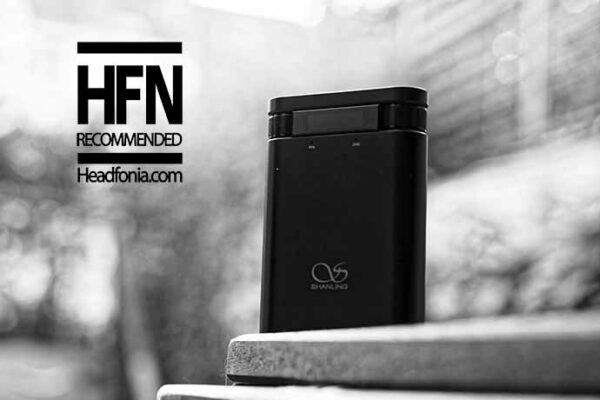User Experience
My experience with Ava has been positive overall, but with the lack of instructions, it’s not very straightforward to use the unit. As remarked, Shozy should put more effort into the packaging side, and this one could’ve had some papers to explain the unit’s features.
Regardless, it’s an intuitive product so you find how it works with time. I haven’t encountered any problems. Overall it’s a great experience with an easy connection and good sound. The conventional IEM shape definitely helps to have a good fitting experience, so it’s quite a good TWS for sports activities as well.
The wireless range overall is quite good but don’t expect to hear them from the other side of your house. The battery life is also good and you can use the earpieces for long periods until the battery dies down on the main case.

The units work with touch controls on the face plate. When you touch either faceplate the music stops or starts. For raising the volume, you can hold down the right earpiece. For lowering it, you can do the same on the left side. However, that only applies to a single step of volume change. For raising or lowering the volume more, you need to take off your finger and do the same process again. It works well when you get used to it though.
I also like the lid mechanism Shozy chose to implement with this unit. The lid is mounted on a hinge like every other TWS, but the hinge itself has a margin for movement, so it doesn’t get stressed too much since it’s a bit flexible. I liked the engineering solution here for the longevity of the product.
Talking on the phone is nothing special. As with most TWS units without a stick, the microphone works OK in a quiet place and you can make calls, but when there’s some noise it gets difficult to make your voice heard.
Sound
The sound of the Shozy Ava is spacious and full and it has a warm approach. It’s a different tuning than what we had seen from Shozy, probably because of the TWS electronics inside. But, it has some good qualities as well, especially for the price.
It’s a resolving and detailed TWS IEM with a warm and smooth signature. I can say it’s suitable for genres like Pop, Instrumental and Classic Rock. It does a good job with vocal-oriented music as well, and Jazz though. However, it also offers good technical qualities, but the tuning is not the most natural or cohesive, which is a common problem among TWS units.

Bass
The new wireless Shozy has a punchy bass and is heavily focused on mid-bass. That’s why the tuning is not suitable for Jazz because it becomes a bit muddy when the contrabass notes take action. However, this is very good for Pop and RnB music because the bass is warm, punchy and satisfying. So it makes you tap your feet when listening to the songs with a good cadence.
If Shozy’s target is the general consumer with this model, I’m quite OK with the bass. It has good texture and resolution here. The sub-bass area has a presence but the mid-bass focus is the dominating one. The overall quality of the bass is not bad in terms of speed, decay and texture. But I found the overall mid-bass quantity a bit over the edge. I recommend using large-diameter ear tips to reduce the mid-bass level as much as possible.
It has a good resolution in the bass with good detail. The impact is very satisfying as well. If you’re an audiophile who likes neutral presentation though, you might find this signature overwhelming.

Mids
The mid-bass dominance shifts your attention from the instruments and vocals when listening to music. It is somewhat distracting. So I think a fairly good mid-presentation is a bit spoiled by the mid-bass hump. Aside from that, the mid-range itself has very good resolution and transparency. This might suit well for Pop or Trance but not so for other genres. The timbre and tonality are excellent but you can’t enjoy that quality with the dominating mid-bass and boosted lower treble which I’ll mention shortly.
Mids are very energetic and bright as a whole. So you get good clarity and transparency here. The instrument separation is very good for a TWS and the instruments and vocals have good positioning. But the dominant mid-bass takes away the joy and technical performance a bit, which happens with a lot of TWS IEMs.







